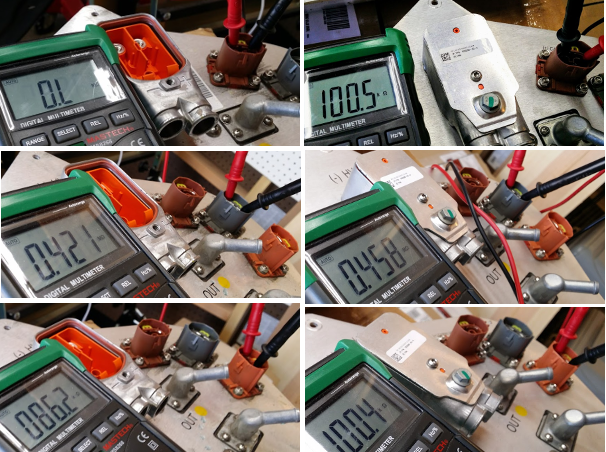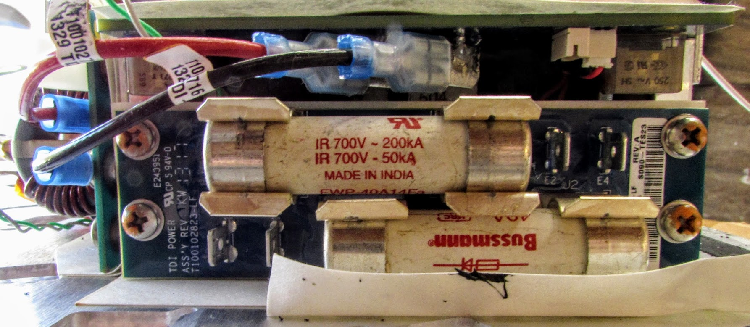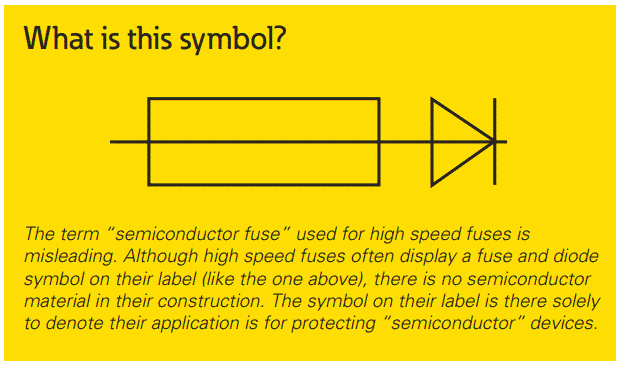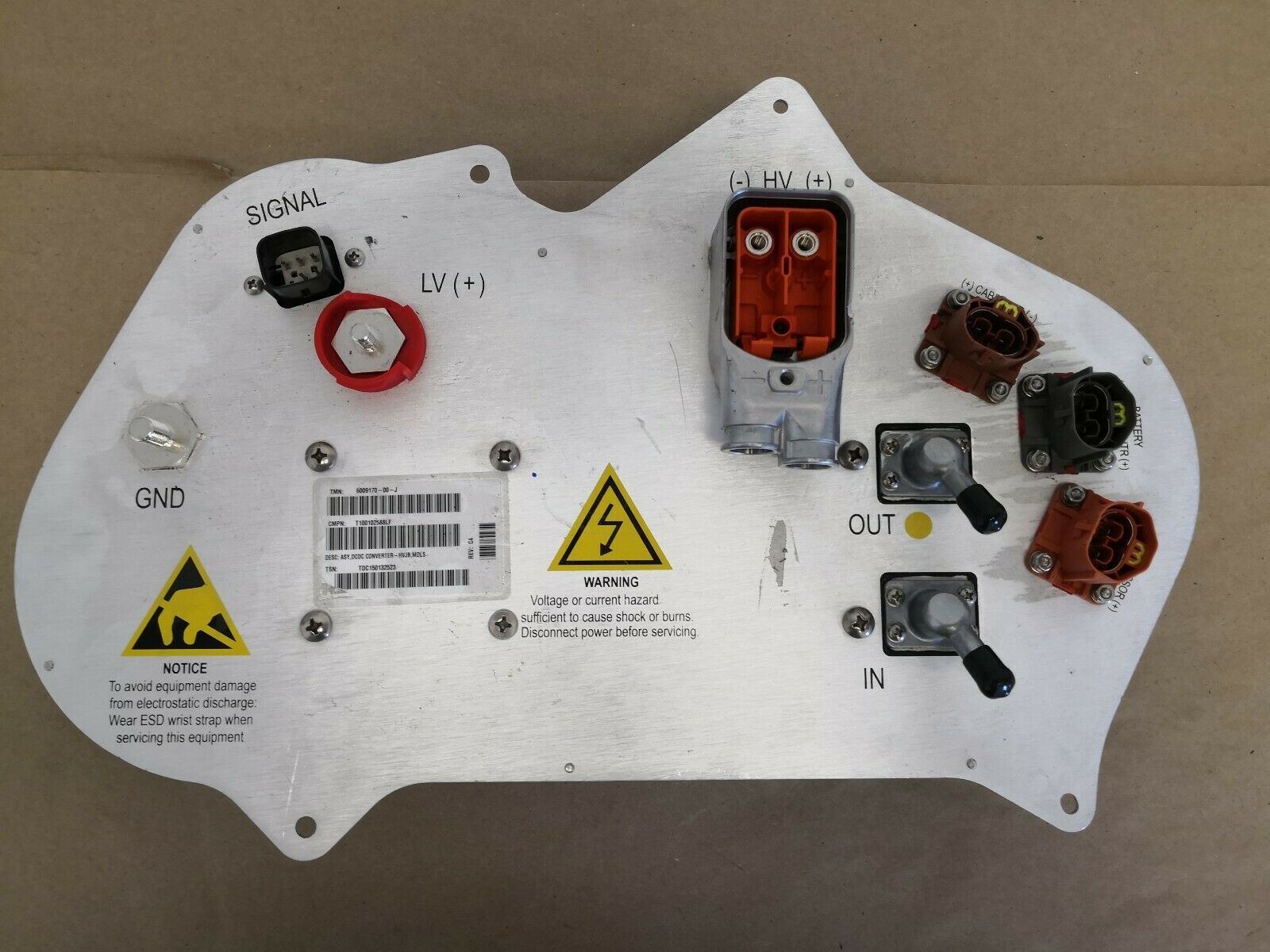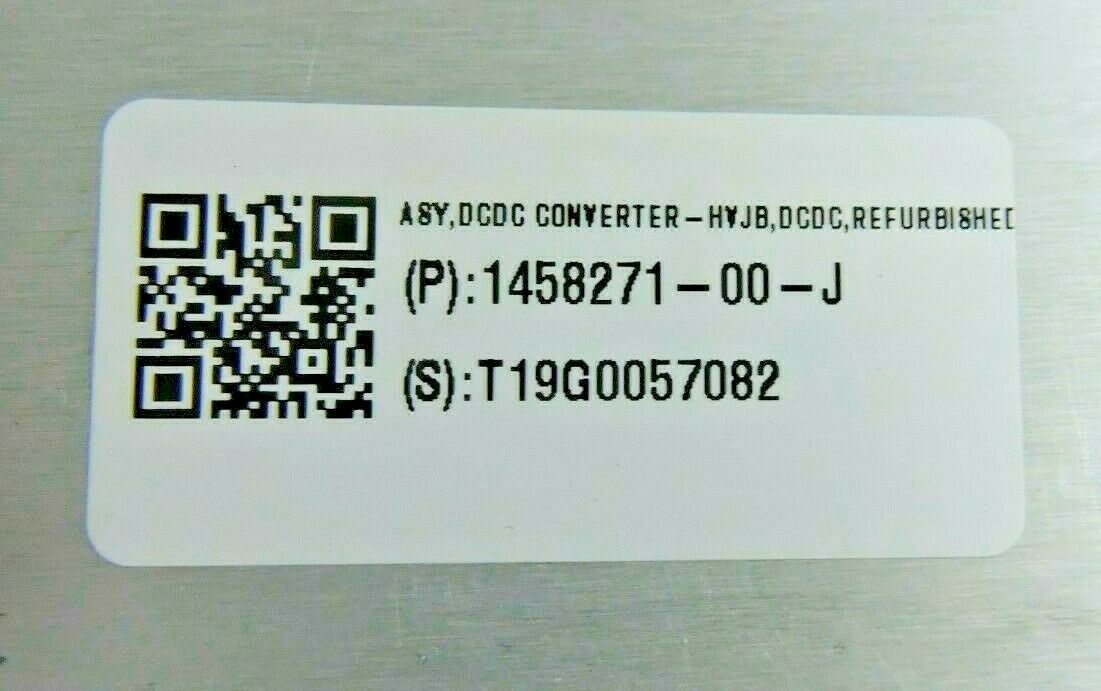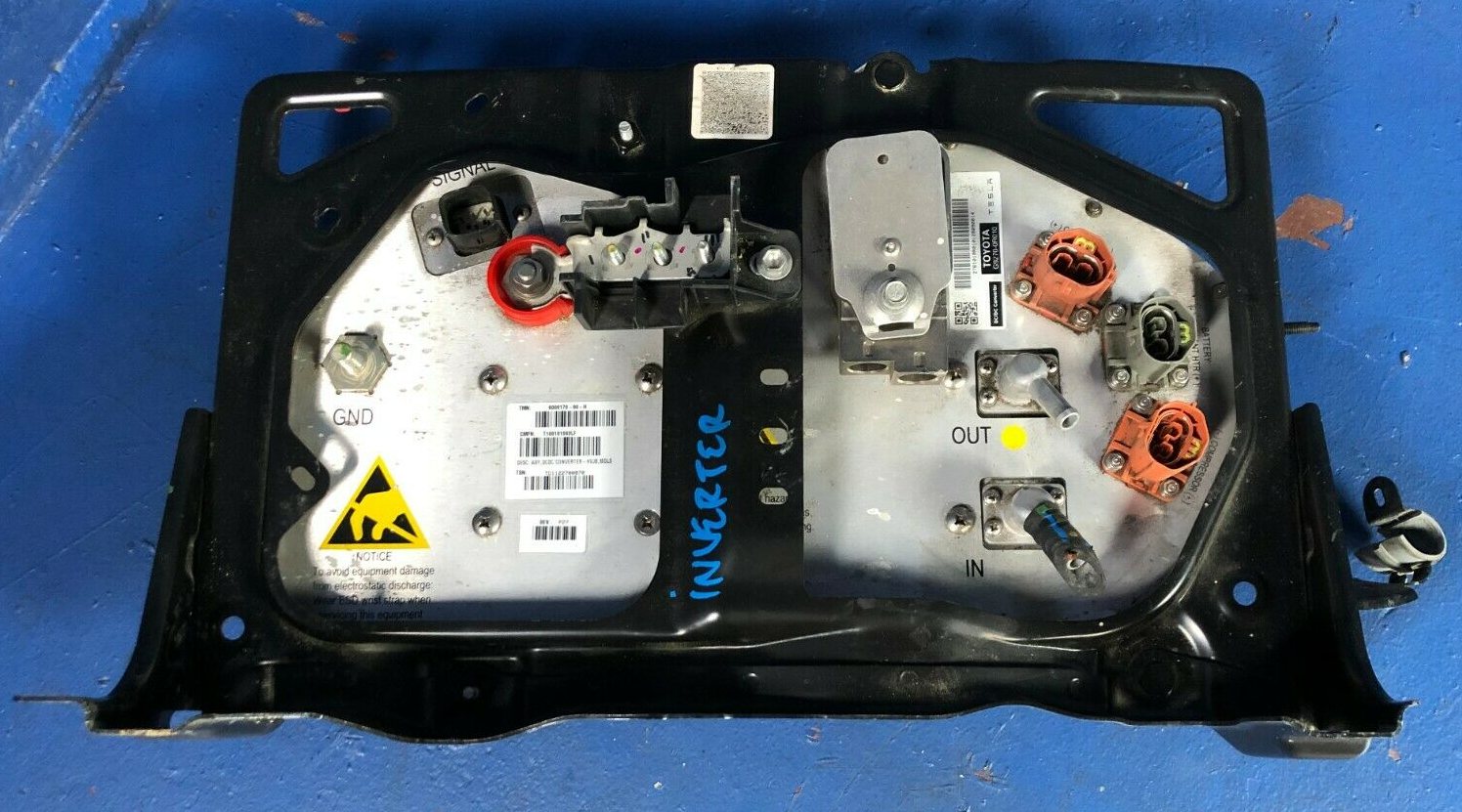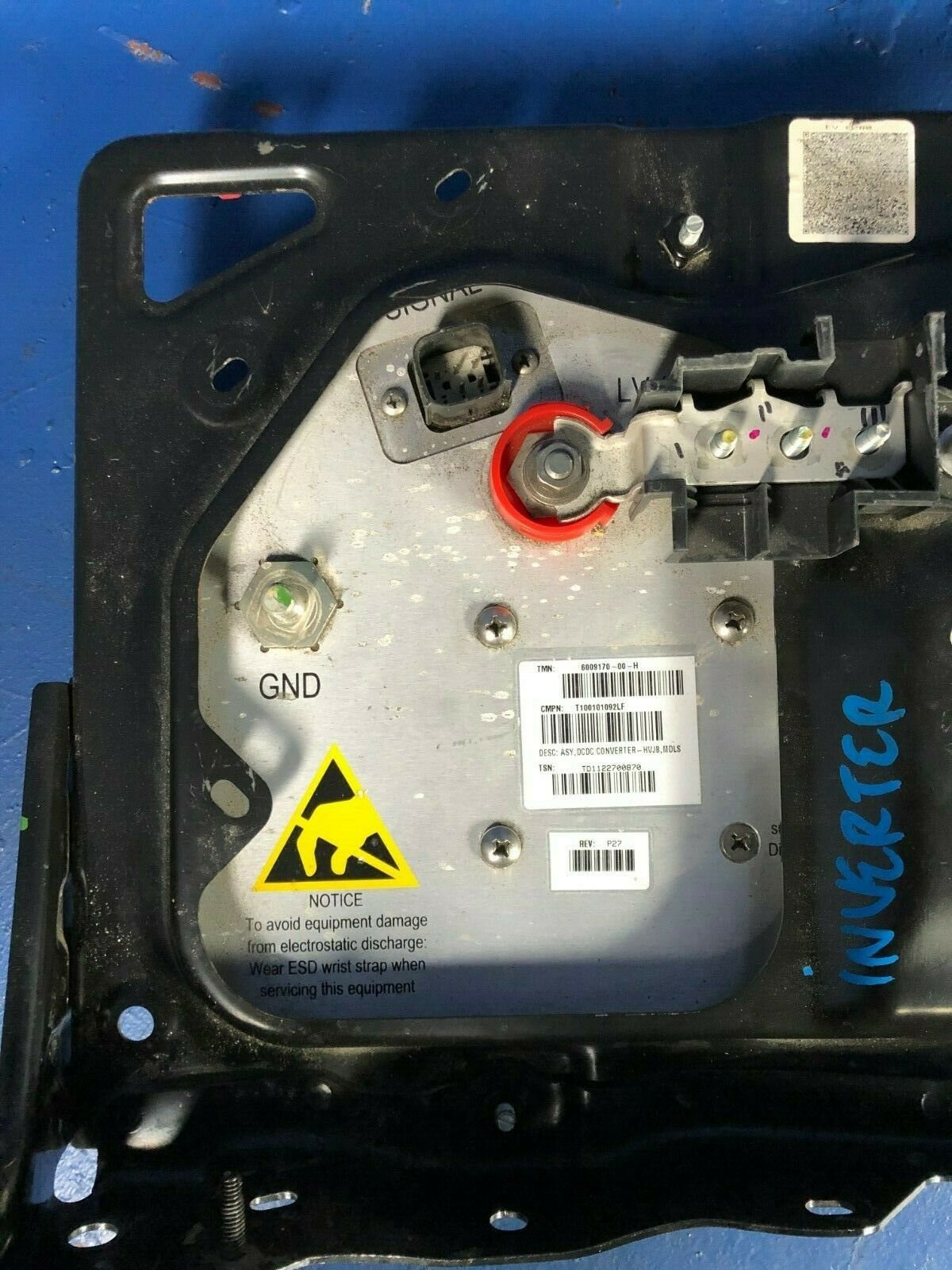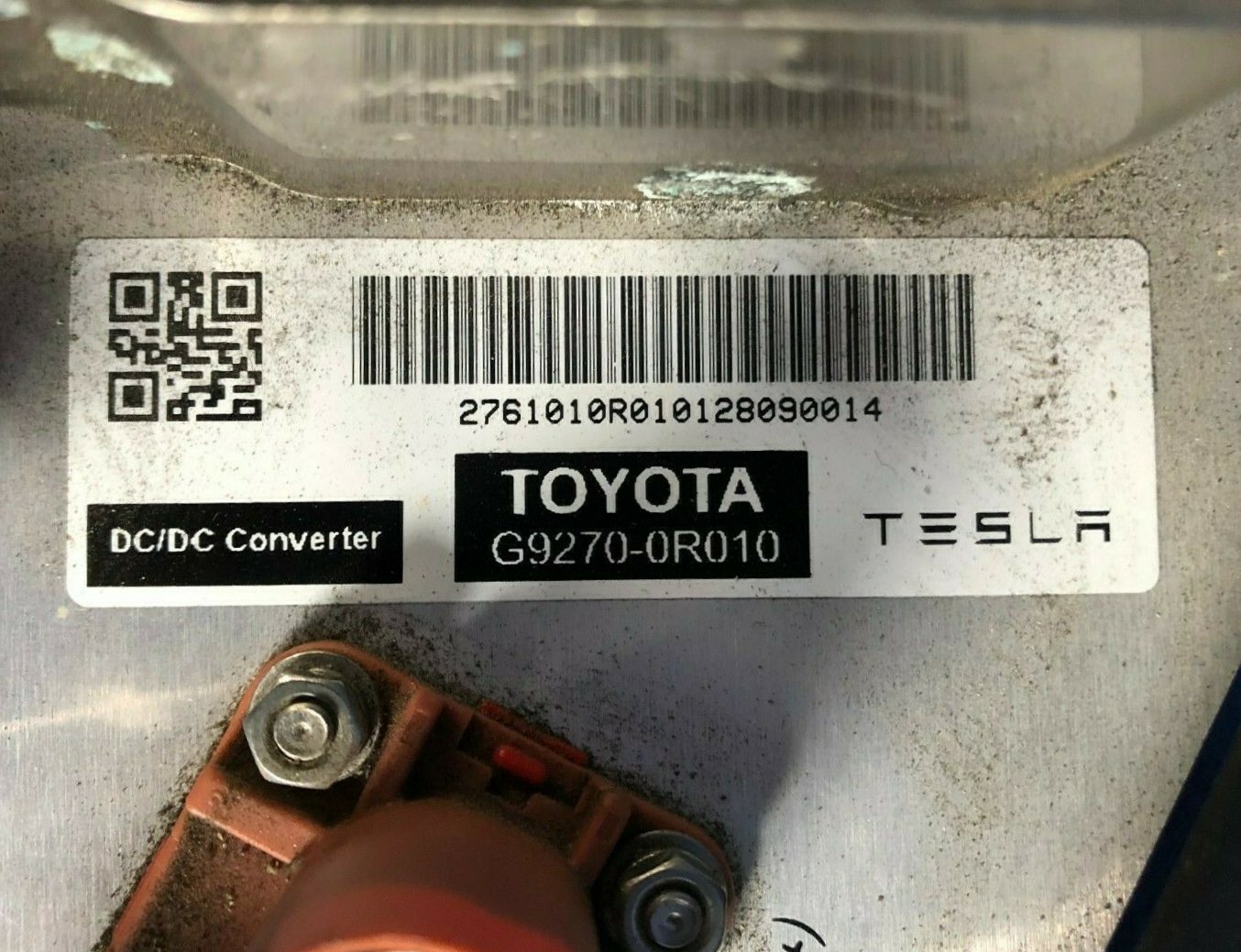The early Tesla Model S, and the RAV4EV that shares the same part, have a DC-DC Converter that is
also the vehicle's High Voltage Junction Block (HVJB). As such, it doesn't just convert the HV ~400Vdc to ~14Vdc, it also routes HV to the A/C motor-compressor and the heater.
I guess to answer your question, I'd have to know "what's intermittent"?
The air-conditioning and heater should probably "just work", and if they stop working, I would expect they would continue to not work . . . if the issue involved is within the DC-DC Converter. One of those fuses opened, and fuses always open for a valid reason, they don't "get weak"*. In the Model S, where there are a whole lot more of these in service, lots of failed A/C compressors took out their fuse inside the DC-DC, and it sometimes took the service center a while to realize that they needed to replace the A/C motor-compressor assy. as well as the DC-DC on a repeat failure of the fuse.
The later Model S (starting around Jan2014 (
ref.)) moved the HVJB to a separate location, which simplifies both diagnostics and service (and cost!) when either the A/C or the heater start frying fuses.
If your battery isn't staying charged, it's probably the battery, not the DC-DC.
If your battery is being overcharged . . . well, that's a feature, as has been documented :0 . The charge voltage that the DC-DC outputs is above what lead-acid batteries like for hours on end. It's hard on the battery when you go on very long drives or use your RAV4EV to drive a standalone 12Vdc->120Vdc inverter during a home power outage.
[Sep2023: I've come around to the notion that the particular Ferraz Shawmut (now Mersen) semiconductor fuses that Tesla spec'd for the first two years of production may have fuses that fail for no readily apparent reason; there are several documented instances where a single failed fuse of a pair was replaced, and subsequently the
other fuse failed within two years. This pattern seems concentrated on the GEN1 OBC AC input fuses, and this early GEN1 DC-DC Converter. Further reading
here.]











